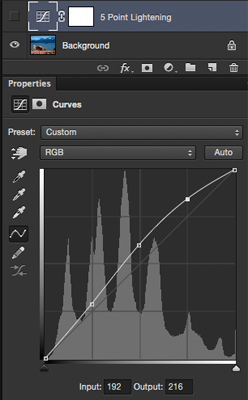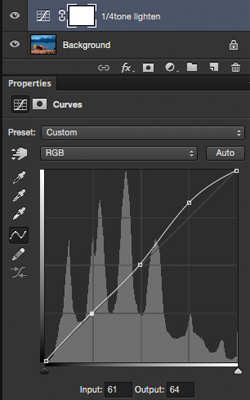*Abydos is one of the oldest cities of ancient Egypt, and also of the eighth nome in Upper Egypt, of which it was the capital city.
Abydos considered one of the most important archaeological sites in Egypt, the sacred city of Abydos was the site of many ancient temples
Sacred barque of Osiris at Abydos.
The north wall of the Osiris Chapel in the Seti Temple at Abydos is decorated with a relief showing the sacred portable barque of Osiris. The barque, called “Nechmet”, would have been used to carry the fetish of Osiris around the temple during festival processions.
 |
| Sacred barque of Osiris at Abydos. |
The fetish was housed amidships in a shrine which was partially concealed from profane eyes by a white linen cloth.
Nevertheless, the upper part of the fetish is visible in this image as it is emerging above the roof of the shrine. It consisted of a pole which was surmounted by a box in the shape of a beehive inlaid with blue beads and crowned with two tall feathers. It may have been the intention that it resembled a wig (blue was the favoured hair colour of the gods) and in some cases an actual face is depicted, as we see there is here.
The wig-like box is thought to have been a reliquary which held the head of Osiris. According to Egyptian mythology Seth cut up the body of his brother Osiris and scattered the parts all over Egypt. Osiris’ head ended up in Abydos making it the prime cult centre of the god, where each year his resurrection was celebrated in a festival.
The portable barque is “crewed” by a number of (probably wooden) statuettes, some of which are wearing pharaonic crowns. There is a statuette manipulating the steering oars at the stern and amidships two kneeling figures are steadying the sides of the shrine. On the roof of the shrine two other kneeling statuettes are clasping the pole of the fetish. They are accompanied by small figures of Isis and Nephtys who raise up their arms in an adoring gesture towards the reliquary box.
The prow of the barque is decorated with a finial in the form of an Osiris head emerging from a papyrus flower. The prow below the flower is conspicuously vertical and may be reminiscent of the pole of the fetish. The ornate collar beneath it is depicted in a frontal view but would have been turned ninety degrees in reality.
The barque is placed on carrying poles that would have been supported by priests’ shoulders during a procession. But in this image the poles rest on a pedestal. Beside the pedestal we see offerings of flowers and vases.
The barque is placed in a large gilded shrine, the top of which is decorated with a row of uraeuses.
As said, this relief can be found on the north wall in the Chapel of Osiris, one of the seven chapels that are located directly west of the Second Hypostyle Hall . Unlike the other six chapels, the Osiris Chapel acted as a gangway, leading to the Inner Osiris Hall deeper in the temple. Thus, there was probably no room here for Osiris’ barque and it must have been placed elsewhere in the temple.
For other images of the Osiris fetish in Abydos, see photos 29906, 29907 and 29951.
The Seti Temple at Abydos was begun by Seti I and completed by his son Ramses II in the 13th century BC.
Copied
Thanks a lot
Manal Raafat








































